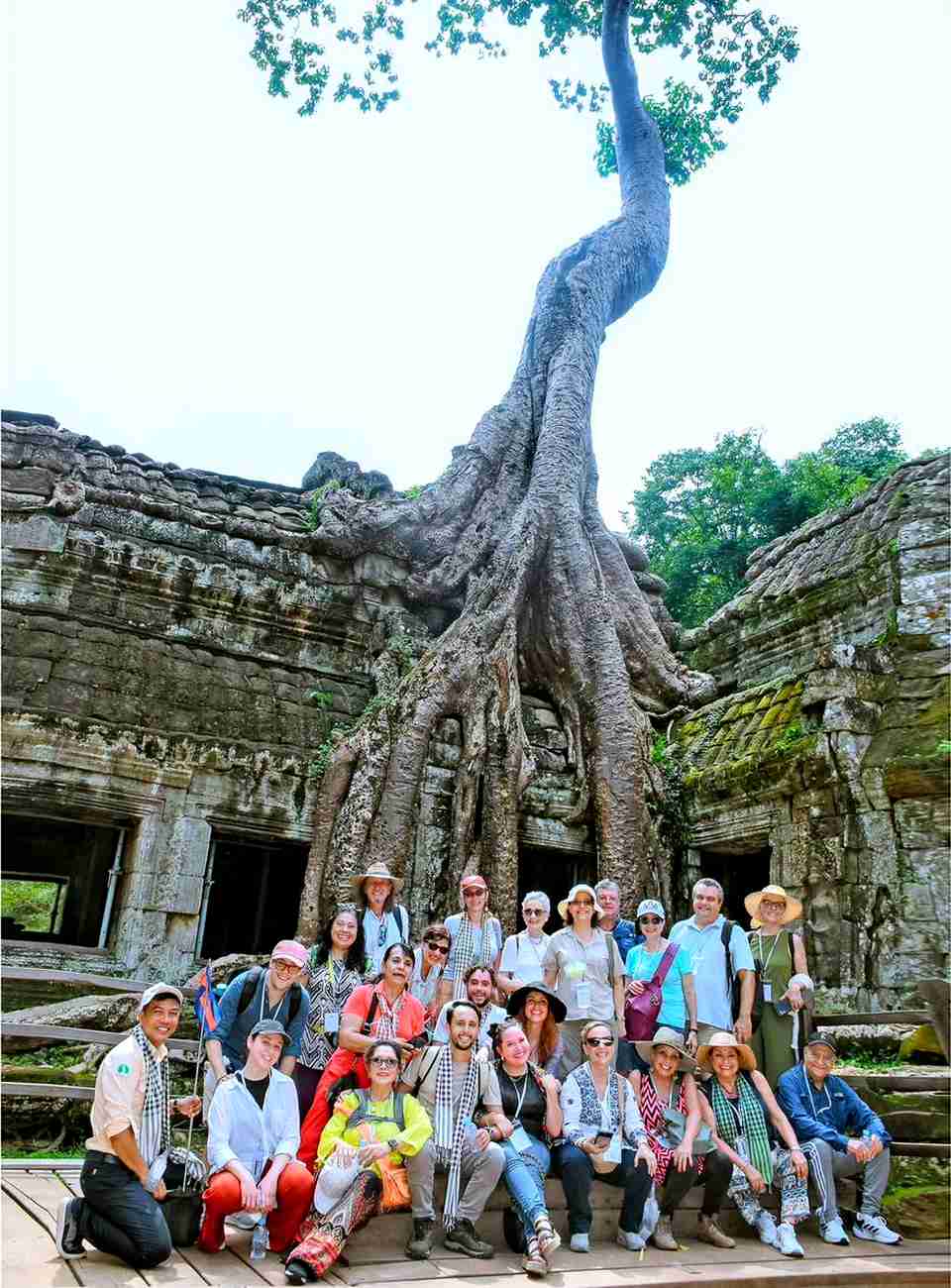
Prime Minister Paetongtarn Shinawatra has stressed that Thailand is prioritizing a “Schengen-style” common visa policy for six countries as part of the Amazing Thailand 2025 year. The proposal, once implemented, would see tourists who entered one country able to visit the other five without added bureaucracy or cost. The “six countries, one destination” visa would include Thailand, Malaysia, Brunei, Vietnam, Laos and Cambodia.
There are several encouraging signs, including the recent agreement between Vietnam and Thailand to pilot the program, whilst a regional ASEAN summit meeting in Laos agreed that a visa facilitating seamless travel across the region would drive regional tourism. Cambodia has not committed itself but has agreed to look in detail at the Thai proposal, perhaps fearing its income-generating visa fees could be compromised.
Malaysia already cooperates closely with Thailand across their common land borders. Brunei has remained quiet for now, likely because its immigration data bases are more digitalized than those of its neighbors. Currently, entry policies differ markedly between regional countries, ranging from Singapore’s visa-free policies for 162 jurisdictions to Vietnam’s visa exemption for less than 40. Thailand offers 93 countries visa-free entry of at least 60 days.
ASEAN is a loose confederacy of states relying on consensus, markedly different from the EU which is an independent body with a supranational regulatory executive and judicial system. Thus talks at ASEAN have failed to have any impact on the Myanmar civil war. However, ASEAN did introduce the Convention on Counter Terrorism in 2007 to enhance information sharing, although the debate process did take four years.
An understated advantage of a regional visa agreement would be for western companies to decouple from their reliance on Chinese manufacturers and speed up the growing industrial development in Vietnam and Thailand in particular. But ASEAN has to clear up its ambiguity about what exactly tourist visas allow holders to do. Whilst Thailand allows attendance at business meetings without a specific visa, Cambodia has recently cracked down on digital nomads relying on the 30 days entry permit.
At the moment, the emphasis is on international tourism. Thailand’s hospitality industry employs 20 percent of the workforce and produces 12 percent. Cambodia and Vietnam are similar in their dependence, but generalizations are difficult. Cao Tri Dung, chair of the Da Nang Tourism Association, has highlighted that the expansion of the tourism market in ASEAN would intensify competition between countries with less attractive destinations losing out. A pan- ASEAN visa agreement is certainly on the cards. But making haste slowly will inevitably be part of the complex process.










